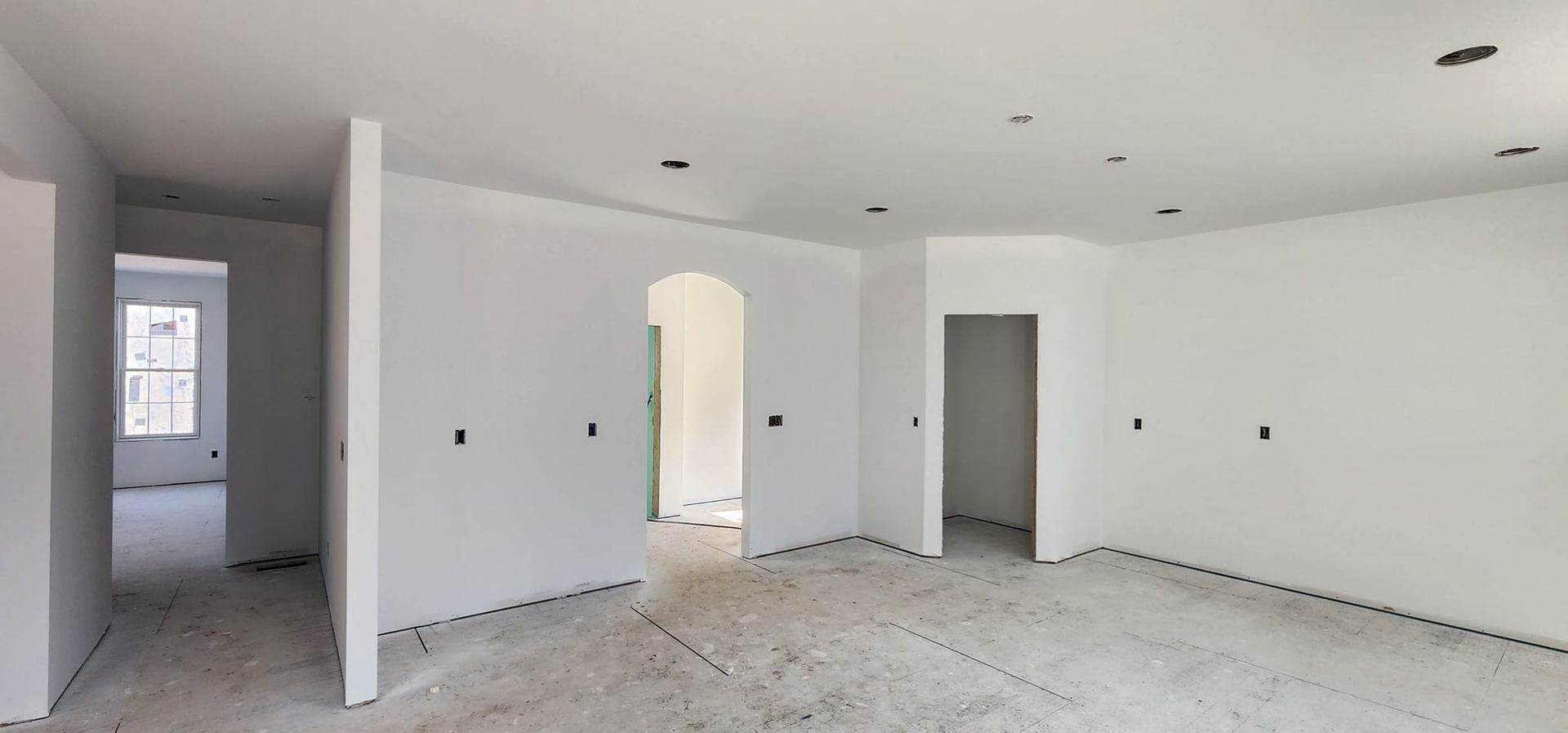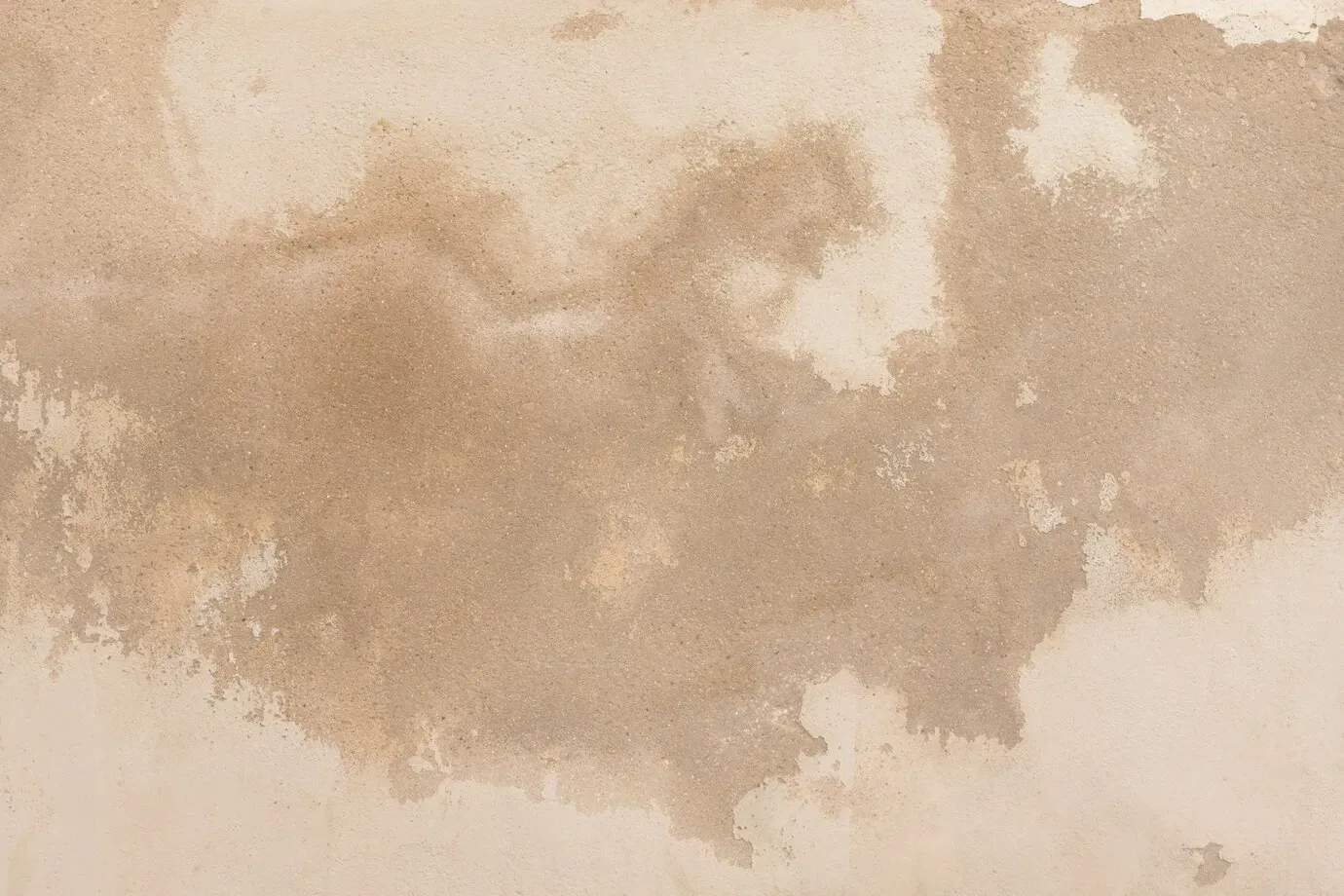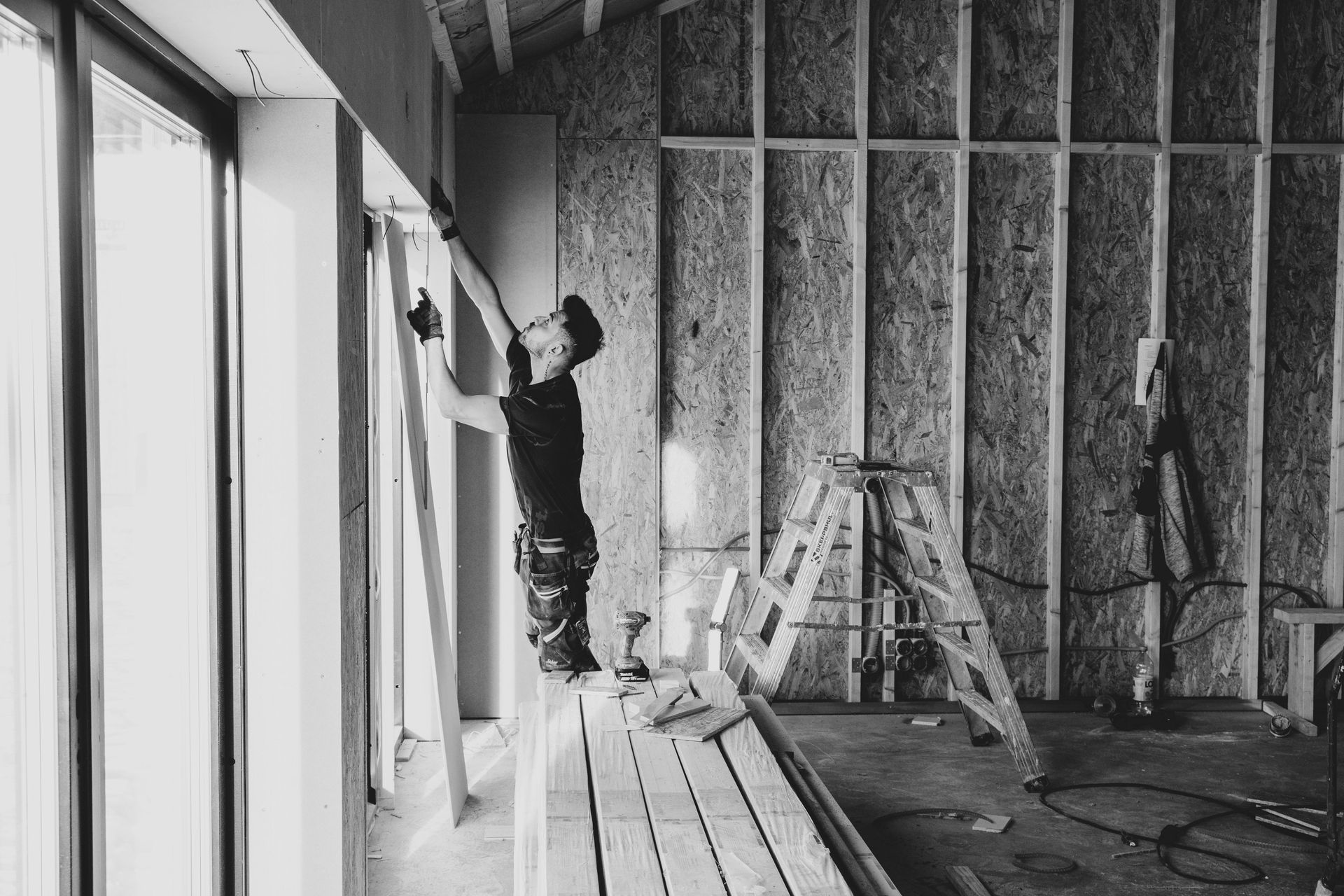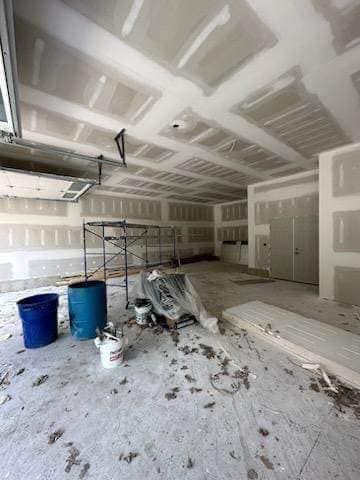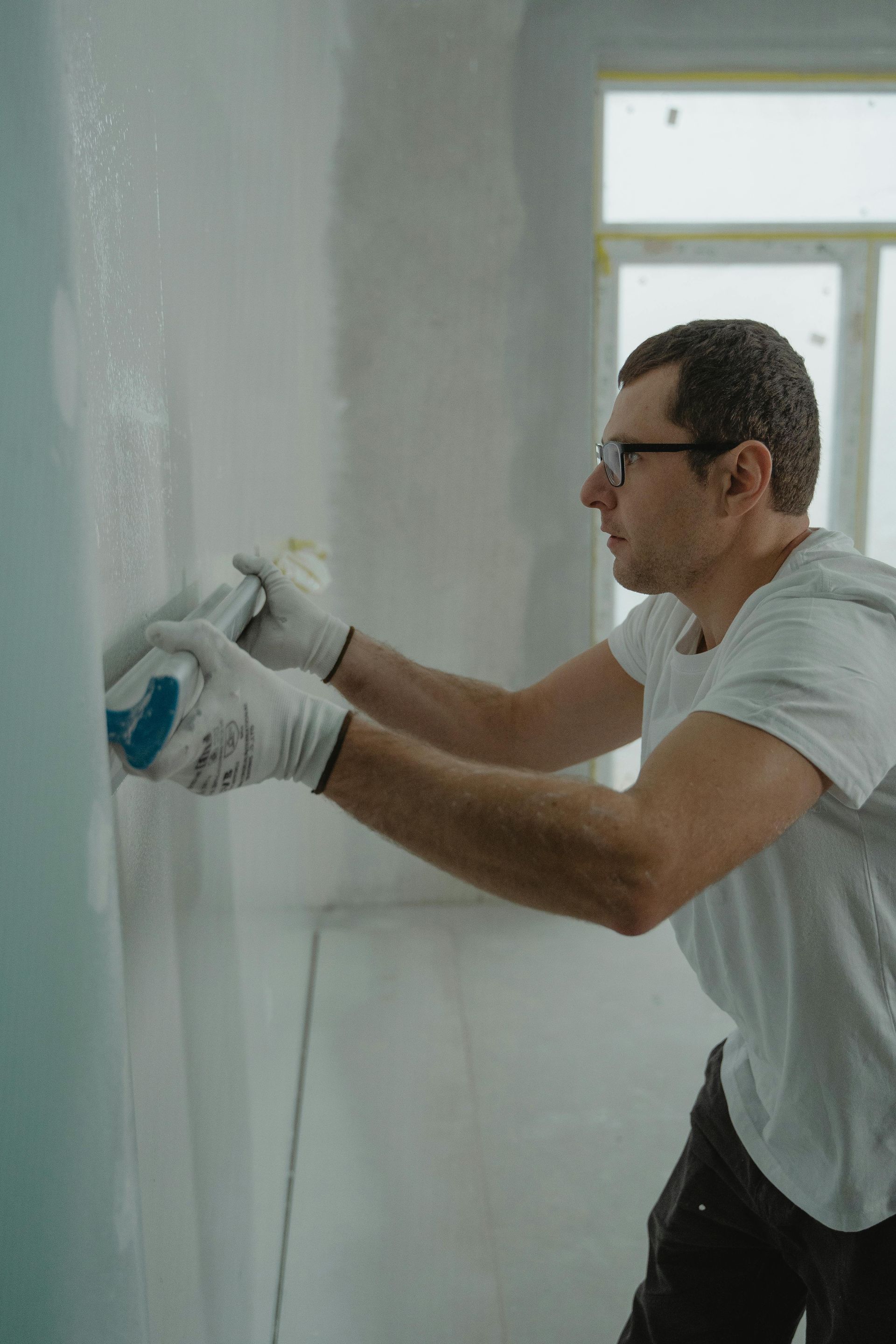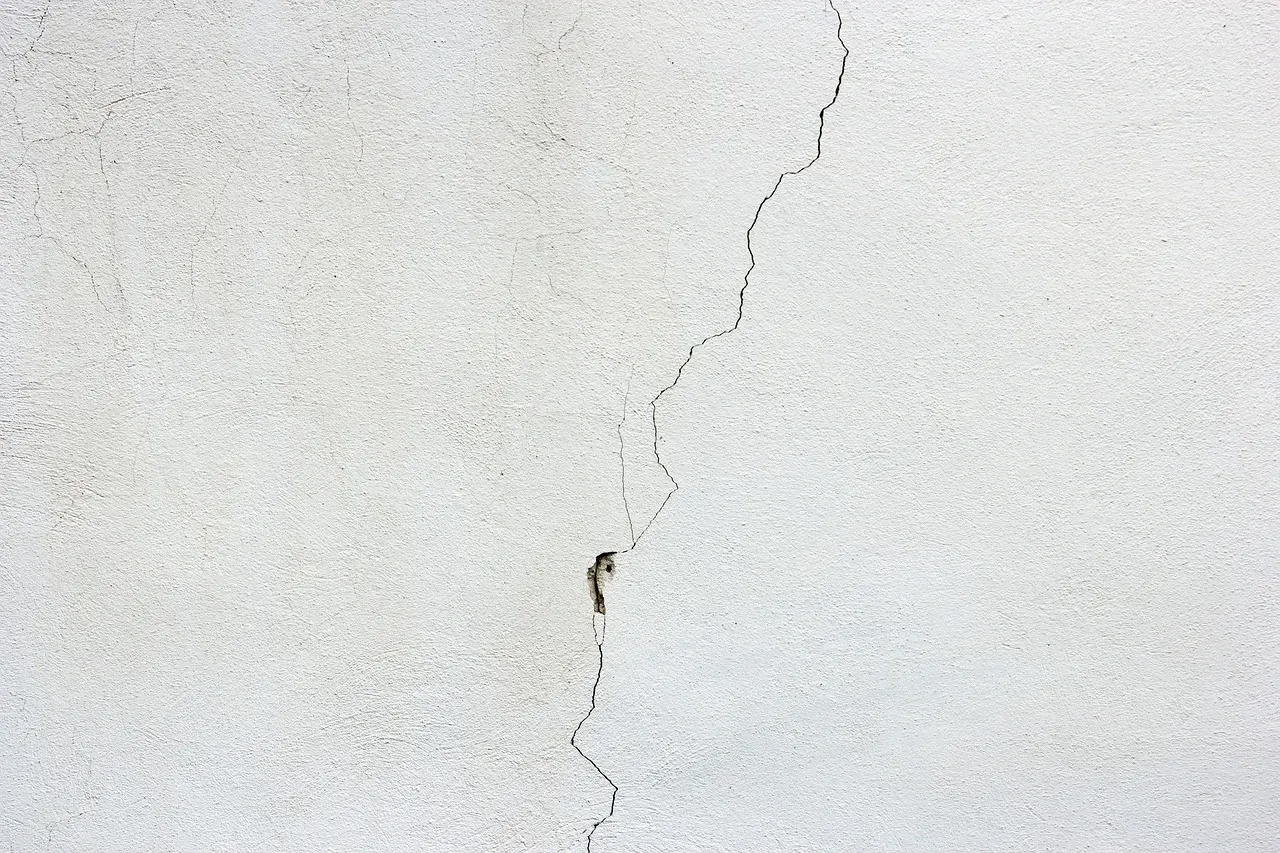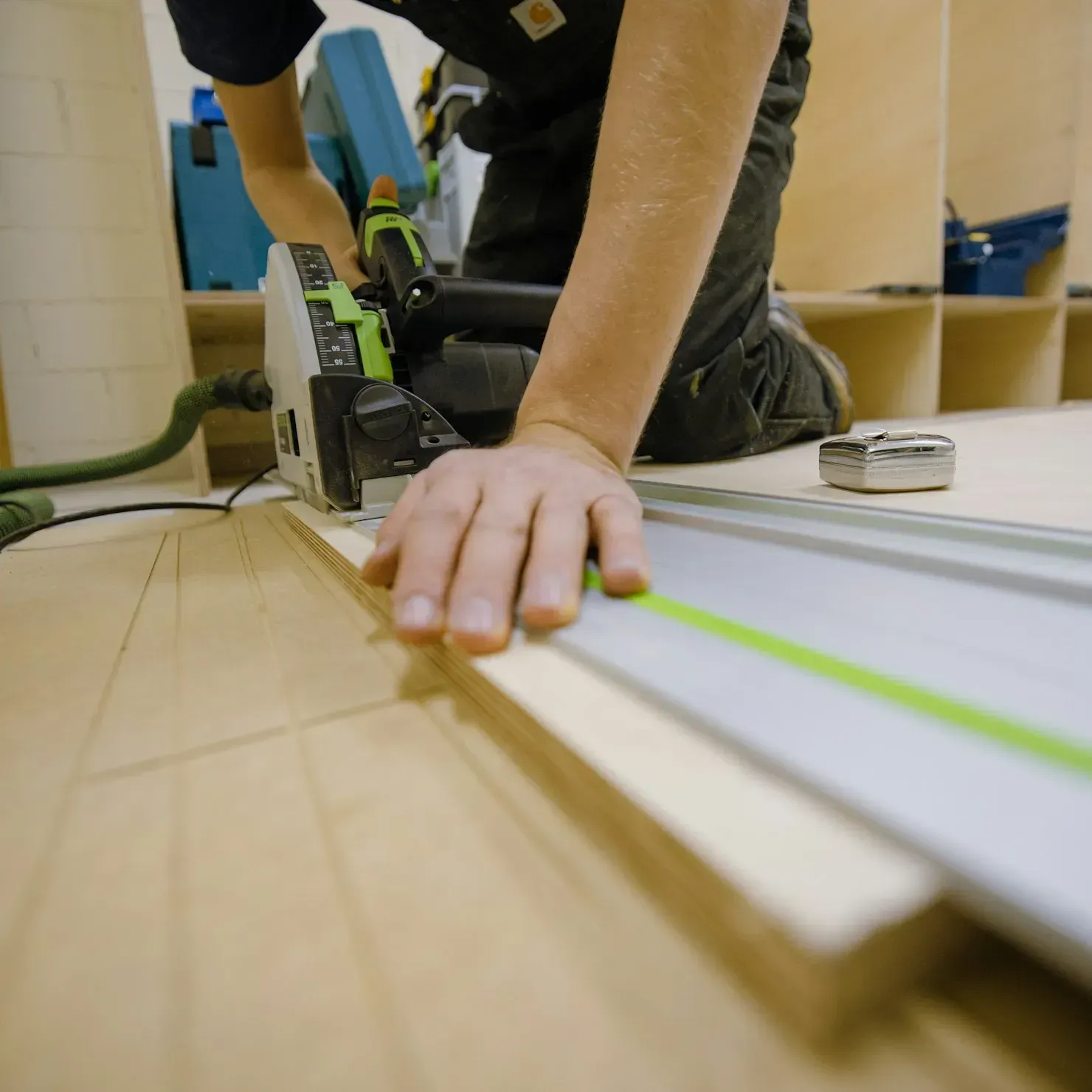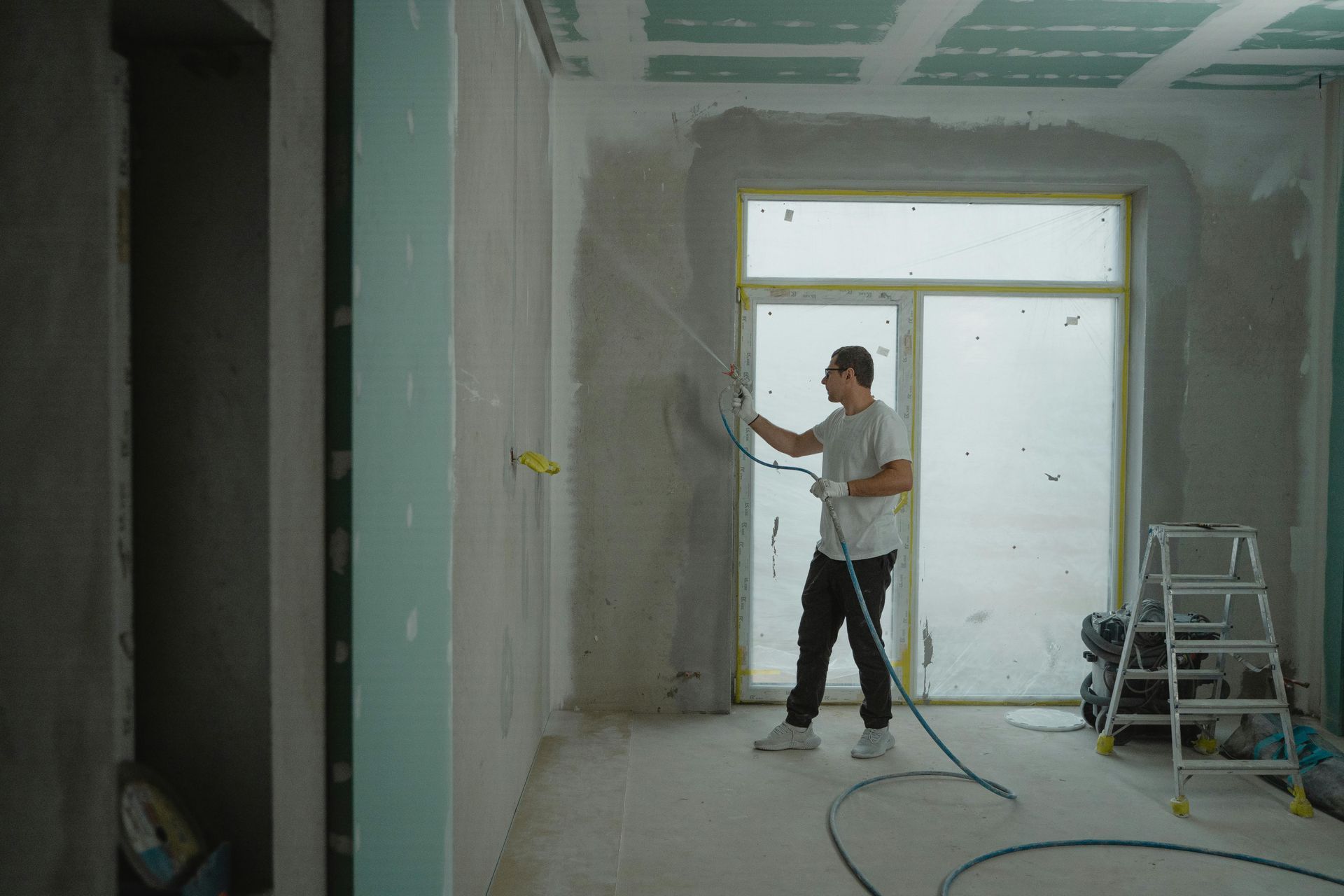
Best Practices for Drywall Maintenance: A Pro’s Guide to Long-Lasting Walls
Drywall makes up most of your walls and ceilings, giving your home a smooth, clean finish. But without regular maintenance, small issues like cracks, dents, and moisture damage can turn into costly repairs.
The good news? You can prevent major drywall problems by following a few simple maintenance steps. From routine inspections to quick DIY fixes, this guide will show you how to keep your drywall in top shape and extend its lifespan.
Whether you're a homeowner, landlord, or DIYer, these expert-backed tips will help you protect your walls and save money on unnecessary repairs.
Common Drywall Issues That Require Maintenance
Even with proper installation, drywall can develop issues over time. Some problems happen because of normal wear and tear, while others come from moisture, poor installation, or structural shifts. Knowing what to look for can help you catch small problems before they turn into expensive repairs.
Small Cracks and Surface Dents
Tiny cracks or dents may not seem like a big deal, but they can worsen over time if left untreated. They often happen due to temperature changes, settling foundations, or minor impacts.
Fix it: Use spackling compound or joint compound to fill small cracks and dents. Sand it smooth before painting.
Nail Pops and Screw Holes
Over time, drywall nails and screws can loosen, causing small bumps or holes on the surface. This usually happens when wood framing expands and contracts with temperature changes.
Fix it: Remove the loose nail or screw and replace it with a new one slightly above or below the original hole. Cover it with joint compound, sand it smooth, and repaint.
Water Stains and Moisture Damage
Leaks or high humidity can cause dark stains, bubbling paint, or soft spots on drywall. If not addressed, moisture damage can lead to mold growth and structural issues.
Fix it: First, find and fix the water source. Once dry, cut out the damaged drywall, replace it, and repaint.
Peeling Paint or Bubbling Wallpaper
If paint starts to peel, bubble, or crack, it’s often a sign of excess moisture, poor paint adhesion, or underlying drywall damage.
Fix it: Scrape off loose paint, sand the surface, apply a high-quality primer, and repaint with moisture-resistant paint.
Mold and Mildew Concerns
Mold on drywall is a serious issue, often caused by excess humidity, leaks, or poor ventilation. It can weaken the drywall and pose health risks.
Fix it: If the mold covers a small area, clean it with a mix of water and vinegar or a mold remover. For larger mold problems, replace the affected drywall and improve ventilation.
Routine Drywall Maintenance Tips
Taking care of your drywall doesn’t have to be complicated. A few simple maintenance steps can prevent costly repairs and keep your walls looking flawless for years. Here’s how to stay on top of drywall upkeep.
Regular Inspections: Catch Problems Early
Small cracks, dents, and nail pops can get worse over time if ignored. Regularly inspect your walls and ceilings for signs of damage, moisture stains, or peeling paint.
What to do:
- Check for new cracks or shifting seams.
- Look for discoloration or soft spots, which could indicate water damage.
- Pay attention to
high-traffic areas where dents and dings are more common.
Proper Cleaning Methods: Keep Walls Looking Fresh
Drywall isn’t meant to handle harsh chemicals or excessive scrubbing. Cleaning it the right way
removes dust and stains without damaging the surface.
Best way to clean drywall:
- Use a soft microfiber cloth or a vacuum with a brush attachment to remove dust.
- For stains, lightly dampen a cloth with warm water and mild dish soap.
- Avoid excess moisture—too much water can soften drywall and damage paint.
Avoiding Moisture Damage: Keep Walls Dry
Moisture is one of the biggest threats to drywall. It can lead to warping, mold growth, and structural weakening if left unchecked.
How to prevent moisture problems:
- Use dehumidifiers or exhaust fans in bathrooms, kitchens, and basements.
- Fix plumbing leaks immediately. Even small drips can cause major drywall damage.
- If drywall gets wet,
dry it quickly with fans to prevent long-term damage.
Reinforcing Weak Areas: Strengthen Drywall Seams
Over time, some drywall seams may start to
separate or crack, especially in homes with frequent temperature changes.
What to do:
- Apply a thin layer of joint compound over weak seams.
- Use self-adhesive drywall tape to reinforce areas prone to cracking.
- Lightly sand and repaint for a smooth finish.
Preventing Nail Pops: Secure Drywall Properly
Nail pops happen when drywall fasteners loosen, causing small bumps on the surface.
How to fix it:
- Replace nails with screws for a more secure hold.
- Cover with joint compound, let it dry, sand it smooth, and repaint.
Best Practices for DIY Drywall Repairs
Even with regular maintenance, drywall can still develop minor issues. The good news? You can fix most small drywall problems yourself with the right tools and techniques. Here’s how to handle common repairs like a pro.
Filling Small Holes & Cracks: Quick Fixes That Last
Nail holes, minor cracks, and small dents are easy to repair with spackling compound or joint compound. The key is to apply it properly for a seamless finish.
How to fix small holes and cracks:
- Clean the area by wiping away dust and loose debris.
- Use a putty knife to apply spackling compound or joint compound over the hole.
- Let it dry completely, then sand it smooth.
- Prime and paint to match the rest of the wall.
Patching Larger Damage: When a Patch is Needed
For larger holes (bigger than a quarter), you’ll need a drywall patch kit or a new piece of drywall.
How to patch a hole in drywall:
- Cut a clean opening around the damaged area.
- Insert a drywall patch or a new drywall piece cut to size.
- Secure it with joint tape and compound to blend it with the surrounding wall.
- Sand, prime, and paint for a seamless finish.
Sanding & Painting: Getting a Professional Finish
After patching, sanding and painting are what make the repair disappear.
Pro tips for a smooth finish:
- Use fine-grit sandpaper (120-150 grit) to feather out patched areas.
- Wipe off dust before priming and painting.
- Use a high-quality primer before painting to prevent flashing (where patched areas show through).
Sealing Against Future Issues: Protecting Your Drywall
A fresh coat of high-quality paint and primer protects drywall from moisture, stains, and wear.
What to use for long-term protection:
- Stain-blocking primer for areas prone to marks or discoloration.
- Moisture-resistant paint in kitchens, bathrooms, and basements.
- Flat or eggshell finish for easy touch-ups in high-traffic areas.
When to Call a Professional for Drywall Repairs
Some drywall issues are too big for a DIY fix. If you’re dealing with major damage, recurring problems, or structural concerns, it’s time to call a pro. Here’s when you should skip the DIY approach and bring in an expert.
Large Holes or Extensive Damage
If a hole is bigger than 6 inches, it likely needs a full drywall replacement rather than a simple patch. Poorly patched large areas can crack, sag, or look uneven over time.
When to call a pro:
- Multiple large holes in the same area.
- Damage extending across seams or affecting multiple drywall panels.
- A wall or ceiling that
sags or bulges, which could indicate structural issues.
Water Damage That Won’t Go Away
Water damage isn’t just about appearance—it can weaken drywall, cause mold, and lead to bigger problems.
Call a pro if you notice:
- Soft, swollen, or crumbling drywall.
- Recurring water stains even after fixing the source of the leak.
- Mold growth, especially if it keeps coming back.
Persistent Cracks or Structural Issues
Small cracks from settling are normal, but large or recurring cracks could be a sign of foundation movement.
Signs you need professional help:
- Cracks that keep reopening after being patched.
- Diagonal or stair-step cracks (these may signal structural issues).
- Cracks accompanied by
doors and windows sticking or misaligned frames.
Ceiling Repairs or High-Risk Areas
Ceiling drywall repairs can be dangerous without the right tools and experience. Large ceiling cracks, sagging drywall, or water damage may require full panel replacement.
Leave it to a pro if:
- The ceiling has large cracks or sagging areas.
- There’s visible water damage spreading across multiple panels.
- You’re not comfortable working overhead with ladders and drywall sheets.
Texture Matching and Seamless Finishes
Matching textures, paint, and finishes takes skill. If you want the repaired area to blend in perfectly, a professional can do it right.
Call an expert for:
- Knockdown, orange peel, or popcorn texture matching.
- Seamless blending of large patches with existing walls.
- High-end finishes that require special tools or techniques.
Proactive Measures to Extend Drywall Lifespan
Keeping your drywall in top shape isn’t just about fixing damage—it’s about preventing problems before they start. A few simple upgrades and habits can reduce wear and tear, protect against moisture, and keep your walls looking flawless for years.
Install Corner Guards in High-Traffic Areas
Corners take the most impact, especially in hallways, entryways, and kids’ rooms. Over time, they can get dented, chipped, or cracked.
How to protect drywall corners:
- Install clear, metal, or vinyl corner guards to absorb impact.
- Use
reinforced drywall tape on corners during installation for extra strength.
Properly Anchor Heavy Wall Décor
Hanging TVs, shelves, mirrors, or artwork without the right anchors can lead to cracks, holes, or even collapsed drywall.
Best way to hang heavy items:
- Use wall studs whenever possible for maximum support.
- If studs aren’t available, use drywall anchors rated for the object’s weight.
- Avoid using nails alone—they
can’t hold heavy loads and may cause nail pops.
Use High-Quality Paint and Primer
Paint isn’t just for looks—it protects drywall from stains, moisture, and everyday wear.
Best options for drywall protection:
- Moisture-resistant paint in bathrooms, kitchens, and basements.
- Scrubbable, stain-resistant finishes in high-traffic areas.
- Primer before painting to improve adhesion and prevent uneven finishes.
Control Humidity and Prevent Moisture Buildup
Too much moisture in the air can soften drywall, cause bubbling paint, and lead to mold growth.
How to keep drywall dry:
- Use dehumidifiers or exhaust fans in damp areas like basements and bathrooms.
- Fix leaky plumbing and seal window/door gaps to prevent moisture intrusion.
- Choose
moisture-resistant drywall (like green board) for humid areas.
Avoid Impact Damage with Smart Furniture Placement
Repeated bumps from furniture, doors, or kids' toys can weaken drywall over time.
Ways to prevent impact damage:
- Use door stoppers to keep knobs from slamming into the wall.
- Add felt pads or bumpers to furniture near walls.
- Arrange furniture to minimize direct contact with drywall.
Conclusion
Taking care of your drywall doesn’t just keep your home or business looking great—it also prevents costly repairs and extends the life of your walls. By inspecting for damage, cleaning properly, controlling moisture, and reinforcing weak spots, you can avoid common drywall issues before they become serious problems. And when damage does happen, quick DIY repairs or professional help can make all the difference in maintaining a smooth, durable finish.
For seamless drywall installation, expert repairs, and professional interior painting, trust Frenchie Drywall—the premier drywall contractor serving Easthampton, Springfield, Chicopee, and the surrounding areas. Whether you need residential or commercial drywall services, we deliver high-quality craftsmanship and long-lasting results. From new drywall installations to interior painting projects, we handle it all with precision and care.
Contact Frenchie Drywall today for a free estimate and let us help you create flawless, professionally finished walls in your home or business.

